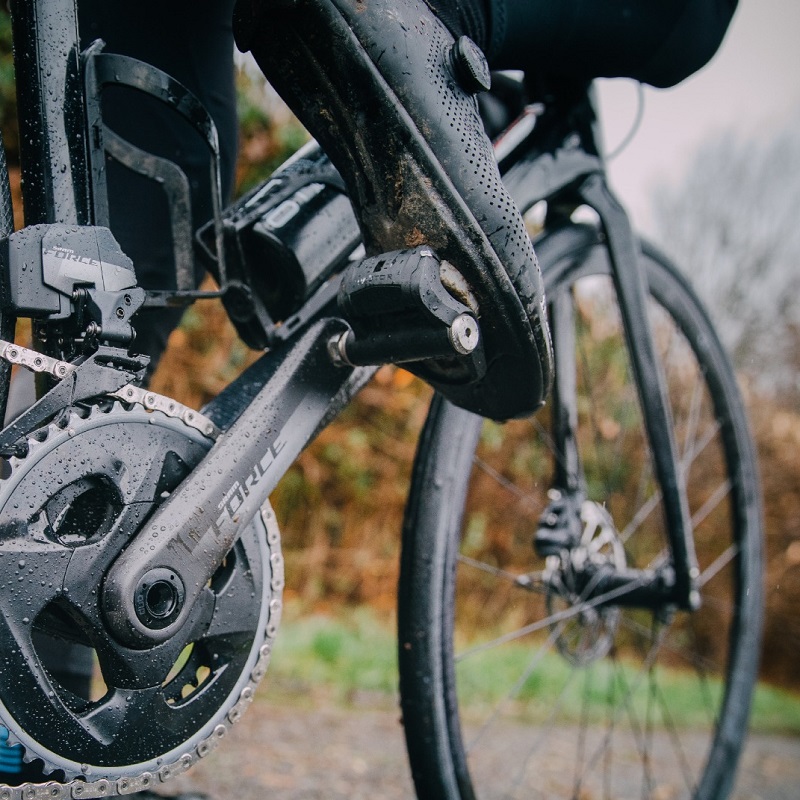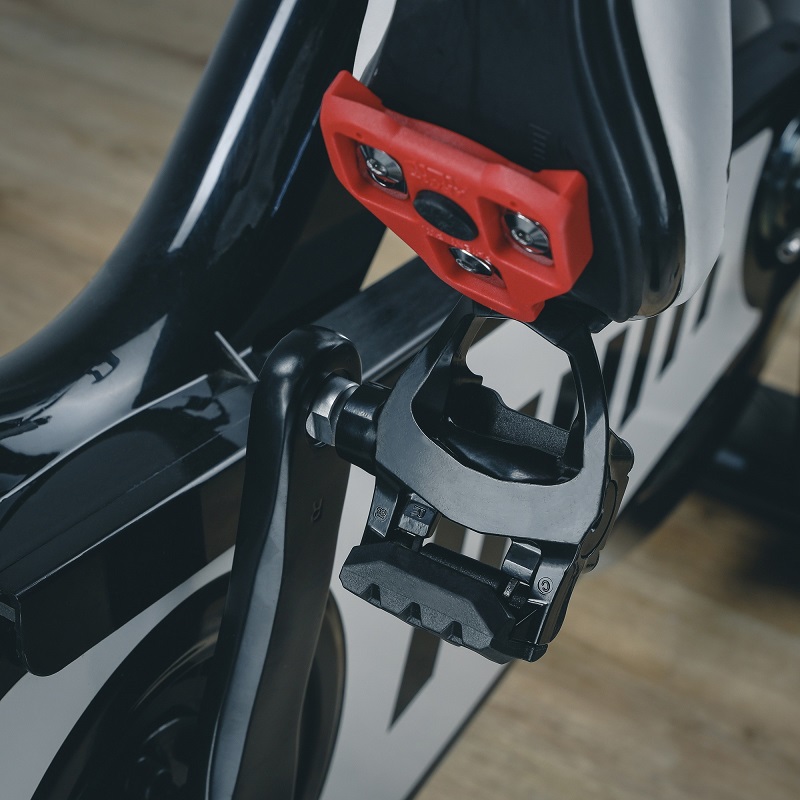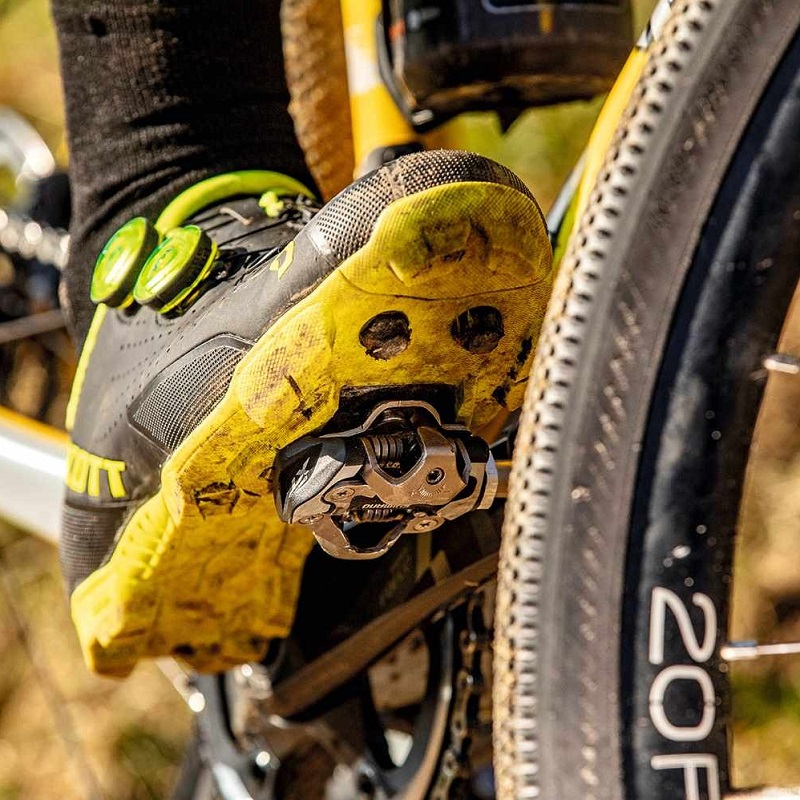Understanding Road Bike Cleats
When it comes to enhancing your cycling performance, having the right equipment is crucial. One vital component is the road bike cleats. These small but essential pieces of gear connect your cycling shoes to the pedals, allowing for improved power transfer and stability while riding. Furthermore, properly installed and adjusted cleats are key for enjoying a more efficient and comfortable cycling experience.
In this detailed guide, we aim to explore everything you need to know about road bike cleats, from installation techniques to adjustment tips. By understanding the importance of correct installation, you will significantly improve your cycling performance. So, let’s dive deeper into how to install and adjust your cleats to get the most out of your road bike.
What Are Road Bike Cleats?
Features of Road Bike Cleats
Road bike cleats are specifically designed attachments that fit into the soles of cycling shoes. They engage with the pedals to create a firm connection, enhancing efficiency during your ride. Typically made from durable plastic or metal, the choice of materials can affect both performance and weight.
Road bike cleats often come in a variety of shapes and sizes, catering to different pedal systems. For example, the popular Shimano SPD-SL and Look Keo systems each use unique cleat designs. When selecting cleats, it’s essential to ensure compatibility with your specific pedals.
Types of Road Bike Cleats
Furthermore, there are generally three types of road bike cleats:
- Three-Bolt Cleats: These are commonly found in performance-oriented cycling shoes. They provide a wider platform for increased power transfer and stability.
- Two-Bolt Cleats: Often used for mountain bikes, these cleats allow for easier walking when dismounted. While they can be used with road bikes, they may not provide the same level of power transfer as three-bolt systems.
- Universal Cleats: Some systems allow for the use of interchangeable cleats that work with various pedal types, offering added flexibility.
By understanding these differences, you can make better-informed decisions when it comes to selecting the right road bike cleats for your needs.

The Importance of Proper Installation
Benefits of Correct Installation
Installing your road bike cleats correctly cannot be overstated. Not only does proper installation enhance your performance, but it also minimizes the risk of injuries. Incorrectly positioned cleats can lead to improper alignment of your legs, resulting in discomfort or strain during long rides. Furthermore, well-installed cleats ensure that every pedal stroke is effective, allowing you to harness your full power output.
Steps for Installation
Here’s how to properly install your road bike cleats:
- Gather Your Tools: You’ll need a 2.5 or 3mm Allen wrench (or the appropriate tool for your cleats) and your cleats.
- Position Your Cleats: Before attaching the cleats, put on your cycling shoes and position them on your pedals. Aim to center the cleats under the ball of your foot; this helps with optimal power transfer.
- Mark the Holes: Once you’ve found the ideal position, take your cleats and mark the hole placements with a pencil or marker.
- Attach Cleats to Shoes: Using your Allen wrench, secure the cleats by threading screws through the holes. Make sure they are tight, but avoid overtightening, which could damage the shoe material.
- Double-Check Alignment: After installation, double-check the alignment of your cleats by stepping into your pedals. You should feel comfortable and secure.
- Test with Shoes: After installation, wear your cycling shoes and walk a short distance to assess comfort. If you experience any discomfort, you may need to repeat the process.
By following these steps carefully, you ensure that your road bike cleats are installed correctly, ready to enhance your cycling experience.

How to Adjust Your Road Bike Cleats
Why Adjustment Matters
Even after properly installing your road bike cleats, adjustments may still be necessary over time. Factors like changes in riding style, foot fatigue, or even new footwear can affect how your cleats function. Regular adjustments help maintain comfort and performance as you ride.
Steps for Adjustment
Here’s a step-by-step process to adjust your road bike cleats effectively:
- Assess Your Foot Placement: Start by cycling with your installed cleats. Note any discomfort, such as knee or ankle pain, which may indicate incorrect positioning.
- Loosen the Screws: To adjust the cleat position, use your Allen wrench to slightly loosen the screws without fully removing them. This way, you can easily reposition the cleats.
- Rotate or Slide Cleats: Depending on your assessment, you can rotate the cleats to correct knee alignment or slide them forward or backward for optimal pedaling position. Moving the cleats forward may provide more flexibility, while sliding them back enhances power transfer.
- Tighten the Screws: After making adjustments, securely tighten the screws but avoid overtightening again.
- Test Ride: Finally, take your bike for a test ride. Pay attention to any discomfort and further adjust as necessary. You may want to adjust the settings after a few rides based on your comfort and performance feedback.
By taking the time to adjust your road bike cleats, you can improve comfort during your rides and enhance overall performance. Remember, even minor adjustments can lead to a significantly better riding experience.

Troubleshooting Common Issues
Identifying Problems
Sometimes, even with proper installation and adjustment, issues may arise with road bike cleats. Identifying these problems quickly can help you avoid discomfort and maintain efficiency. Here are some common issues and solutions:
- Cleats Creating Noise: If your cleats are making noise when you clip in or out, it may be due to dirt or debris in the system. Clean both the cleats and pedals to ensure a smooth connection.
- Worn Out Cleats: Over time, cleats wear down, affecting your connection to the pedals. Inspect your cleats regularly for signs of wear—if you notice significant damage, it’s time for a replacement.
- Difficulty Clipping In: If you find it hard to clip into your pedals, check the alignment of your cleats. They may require adjustment for optimal fit with your pedals. Additionally, ensure that the pedal mechanism is functioning correctly.
- Foot Discomfort: If you experience pain or discomfort while riding, it could signal that your cleats need to be repositioned. Take the time to assess their placement and make adjustments where necessary.
- Inconsistent Cadence: If you can’t maintain a steady cadence, it might indicate that your cleats are either too tight or too loose. Adjustments can help find the right balance.
By addressing these common issues proactively, you can maintain a more enjoyable and efficient riding experience.

Maintenance Tips for Longevity
Keeping Cleats in Top Shape
Proper care and maintenance can significantly extend the life of your road bike cleats. Here are some maintenance tips to ensure your cleats remain effective:
- Regular Cleaning: After each ride, take a few moments to clean your cleats and pedals. This prevents dirt buildup and keeps everything functioning smoothly. A damp cloth can help remove debris; make sure everything is dry before reinstalling.
- Inspect for Damage: Before every ride, take a quick glance at your cleats for any visible damage. Look for cracks or excessive wear that could compromise performance. If you notice any issues, address them immediately to avoid bigger problems.
- Store Properly: When you’re not cycling, store your shoes in a cool, dry place. Avoid leaving them exposed to sunlight for prolonged periods, as this can warp the material. To protect the cleats, consider using a protective case that prevents dust and dirt accumulation.
- Replace When Necessary: Be proactive about replacing worn-out cleats. If you start experiencing discomfort or performance issues, it may be time for a new set. Replace them based on visual inspection rather than waiting for performance failures.
- Check Pedal Mechanisms: Occasionally, check for wear on your pedal mechanisms, as these can also affect how well your cleats engage. Ensure that the mechanisms allow for smooth clipping in and out, and lubricate them if needed.
By following these maintenance practices, you can extend the longevity of your road bike cleats and ensure a better cycling experience.

Additional Considerations for Optimal Performance
Customizing for Individual Needs
Every cyclist is unique, and so are their preferences when it comes to cleats and pedals. Here are some additional considerations to enhance your experience:
- Foot Stability and Position: If you find your feet shifting too much during pedaling, consider using additional spacers or washers to stabilize the cleat position or using wider-cleat base plates that offer more support.
- Adapt to Riding Style: For long-distance rides, you may prefer a more aggressive setup to enhance efficiency. In contrast, if your rides are shorter or involve stops, a more relaxed position can offer comfort and convenience.
- Footbed Adjustments: Consider using custom footbeds designed for cycling shoes if you experience discomfort. They provide better arch support and can lead to improved power transfer.
- Pilates or Strength Training: Engaging in complementary disciplines like Pilates or strength training can strengthen your core and lower body. A strong core positively impacts your cycling efficiency and overall comfort.
- Seek Professional Help: If you continue experiencing difficulties getting the right fit, do not hesitate to consult a professional bike fitter. They offer specialized advice tailored to your anatomy and cycling goals.
By considering these personalized options, you can enhance your cycling experience beyond just installation and adjustments.
Conclusion: Mastering Your Road Bike Cleats
In conclusion, understanding the intricacies of road bike cleats is essential for any serious cyclist. From installation to adjustment and maintenance, each step plays an integral role in enhancing your cycling performance. By knowing how to properly install and adjust your cleats, you can significantly improve your efficiency and comfort while riding.
Furthermore, regularly assessing and maintaining your cleats ensures they remain in top condition, ready for your cycling adventures. Therefore, take the time to master these skills and enjoy a smoother, more exhilarating ride on your road bike.
